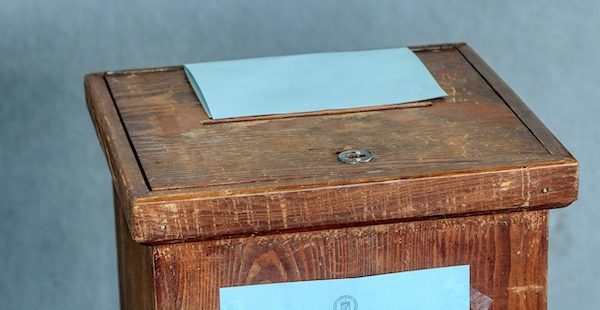
Voting: An Exercise in Freedom
“How absurd men are! They never use the liberties they have, they demand those they do not have.” So mused Soren Kierkegard, Danish philosopher of the nineteenth century, and his observation stands true today.
Whether they are demanding who to marry or what guns to carry, which bathrooms to use or which regulations to repeal, Americans are constantly demanding new liberties. What is astonishing is how few use the liberty that they do have, the liberty to vote.
The founders intended to preserve liberty by involving ordinary citizens in the government. The Constitution is a framework for government, but it only maintains liberty when ordinary people protect it. The separation of powers is an important safeguard, but if the citizens are not actively involved, all powers run together and create a monopoly of tyranny. Only by involving ordinary citizens – you and me – did the founders intend to maintain liberty in America.
Voting is not the end goal of democratic government. The end goal of government is justice: the mean between authoritarianism and anarchy. Voting is simply a means or mechanism to allow ordinary citizens to promote justice. It is only effective to the degree that voters educate themselves, choose wisely, and continue to work for justice even after submitting their ballots.
Voting sometimes involves difficult moral questions. Who should we choose when we don’t agree with either candidate for an office? Sometimes we must choose the better candidate. Other times, if conscience cannot approve either, we can still vote to fill the many other offices. Government does not depend only on a single individual – many offices must be filled regularly, and that requires discerning voting.
Voting alone will not guarantee the success of liberty. It is part of the strategy, and it is an important part, but it is not sufficient. After voting, continue to protect liberty. But whatever else you do, begin with this single, essential step.
This article reposted and modified from its original publication on November 4, 2016



